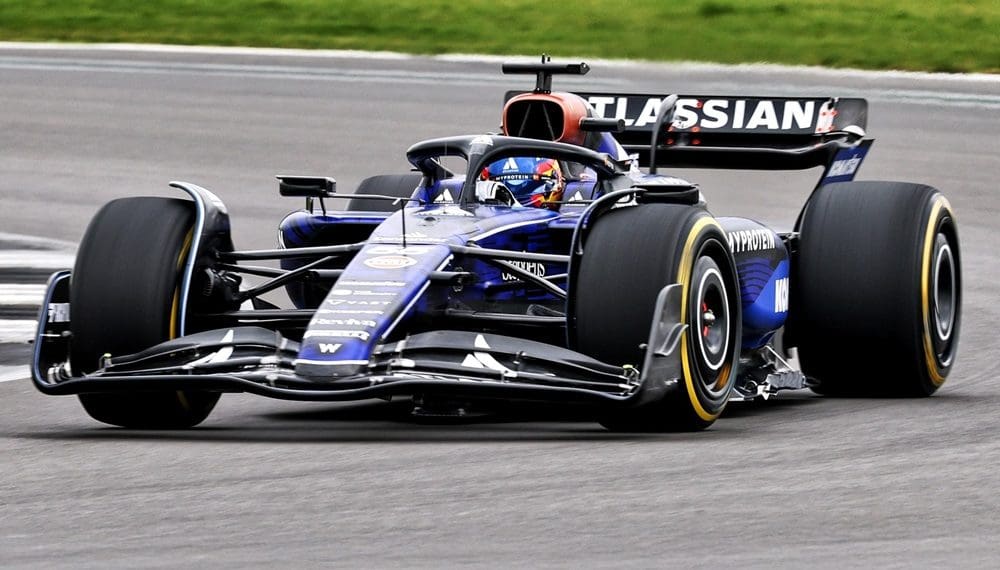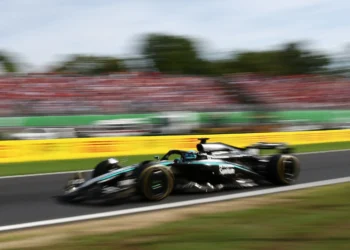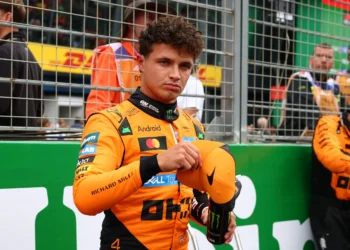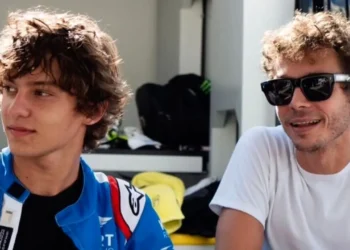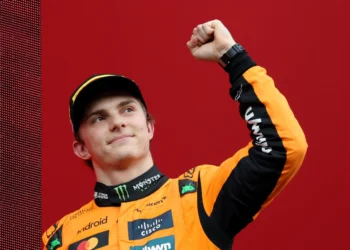The FIA’s flexi-wing clampdown has been one of the most controversial technical directives ahead of the 2025 Formula 1 season—but it turns out the sport’s teams had a major role in postponing its enforcement.
Williams Team Principal James Vowles has confirmed that F1 teams pushed back against the FIA’s original plan to introduce the restriction at Imola (Round 7), successfully delaying it until the Spanish Grand Prix (Round 9).
The reason? Monaco.
With the Circuit de Monaco infamous for destroying front wings, teams argued it would be impossible to have a sufficient stock of revised wings for the tight, unforgiving street race if the directive took effect at Imola.
“It was originally, I think, Round 7 they were going to change it, but we highlighted that it had Monaco in between, and it’s really difficult for teams to effectively have the right stock of front wings for Monaco,” Vowles explained. “So it got deferred back to the race after Monaco.”
This behind-the-scenes battle underscores how teams are still navigating the FIA’s evolving stance on flexi-wings—a saga that was already a focal point of the 2024 season.
The Flexi-Wing War: How Did We Get Here?
Flexi-wings became a major battleground in 2024, with top teams like Ferrari and Red Bull raising questions about McLaren’s approach.
Despite increased monitoring and investigations, no team was found guilty of breaching regulations. By the end of the season, the FIA had implied no further changes were coming.
That confidence triggered a grid-wide development push—only for the FIA to drop a bombshell in late January.
A new technical directive reduced the allowable flex in wings from 15mm to 10mm under load-bearing tests, throwing teams’ development programs into disarray.
For those pushing the limits of flexi-wing design, the change meant a costly redesign mid-season.
Who Gets Hurt Most? Williams Isn’t Worried—But Others Should Be
For Williams, the delayed rule change is not a major concern—but Vowles suggests it could be a huge problem for the front-runners.
“In terms of exploiting that area, I think you’ll find all teams are doing what they can, but there’s just going to be teams that are more advanced in that area than others.”
While Williams is not at the forefront of flexi-wing innovation, top teams like Red Bull, Ferrari, and McLaren may be forced into major mid-season modifications—potentially shifting the balance of power at the top of the standings.
“I don’t think we’re market-leading in that particular area,” Vowles admitted. “However, what I can also say is the rule change at Round 9 doesn’t particularly trouble me either, or trouble us as a result of that, and it probably will have a more profound effect on others.”
The Big Picture: Is the FIA’s Approach Too Reactionary?
This flexi-wing clampdown is yet another example of the FIA moving the goalposts after teams have committed to development paths.
- Teams built their 2025 cars expecting stable regulations.
- The FIA’s sudden change forces them to pivot mid-season.
- A delayed implementation (Round 9) softens the blow—but doesn’t erase it.
As the 2025 season unfolds, all eyes will be on whether this technical directive shakes up the pecking order.
Will it level the playing field—or will the sport’s powerhouses find a way to maintain their edge?
Either way, James Vowles and Williams seem confident they won’t be the ones caught out.

